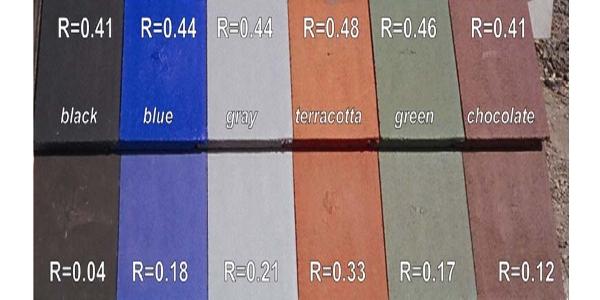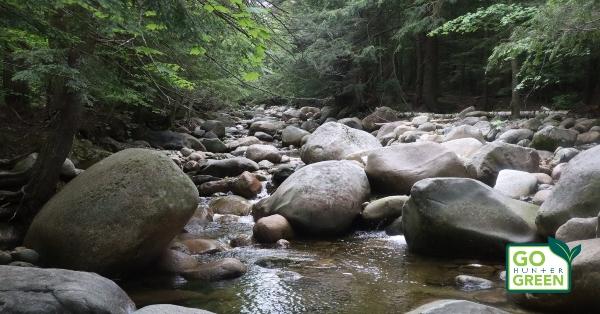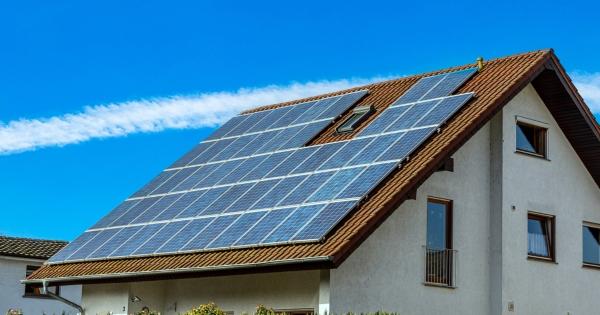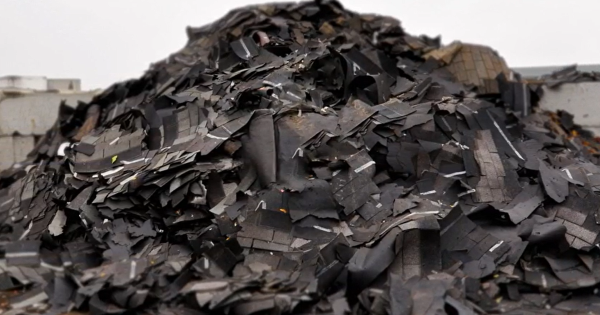Cool Roof Policies Trending Among Cities

By Sarah Schneider, Cool Roof Rating Council.
As extreme heat waves continue to hit America, more and more cities are looking to reflective roofs to mitigate the heat.
It doesn’t take a climate scientist to know that our cities are getting hotter every summer. Between increased urbanization and the growing number of heat waves, cities are looking for solutions to lower the temperature. Reflective roofing products, otherwise known as “cool roofs” are a fantastic solution to reducing the city heat (otherwise known as the Urban Heat Island (UHI) effect) as they bounce the heat of the sun off the roof.
According to this research article, in many large U.S. cities, more people die from heat waves than hurricanes, tornadoes, lightning, and blizzards. The American Council for an Energy Efficient Economy and Global Cool Cities Alliance reports that “the challenges of extreme weather, adapting to a changing climate, and improving the health and resiliency of urban populations are driving cities to develop and implement strategies to reduce excess urban heat.” Recent studies by the University of Oxford and Lawrence Berkeley National Laboratory illustrate the effectiveness of cool roofs in reducing urban temperatures and heat-related mortality.
In the past 10 years, there has been a major uptick in cool roof and UHI policies by U.S. cities, and not just cities in the sunbelt. To date, Austin, Chicago, Chula Vista, Dallas, Denver, Houston, Los Angeles, Miami Beach, New York, Philadelphia, Los Angeles County and Washington D.C., have all mandated cool roofs.
Some jurisdictions also require buildings to be certified to Leadership in Energy and Environmental Design (LEED), such as Atlanta and Washington, D.C. Under LEED Version 4.1, up to 2 points can be awarded for the installation of a cool roof under the Sustainable Sites Credit for heat island reduction.
Many cities also encourage cool roofs through voluntary green building programs, income-qualified programs, and financial incentives. Currently, Anaheim, Austin, Chicago, Los Angeles, Louisville, Pasadena and Orlando offer a cool roof rebate, and Baltimore, New York, Philadelphia and San Antonio deploy programs that install cool roofs on low-income homes. On this website you can find a list of cool roof rebates, loans, codes and voluntary programs across the United States.
The adoption of cool roofs can also be seen at the state level. California has had a prescriptive cool roof requirement in its building code (Building Energy Efficiency Standards, Title 24, Part 6) since 2005. Alabama, Florida, Georgia, Hawaii, Nebraska and Texas also have building codes with cool roof requirements. As more states update their building codes, we may see more of them adopting energy efficiency measures like cool roofs.
How do cool roofs save energy and reduce UHI?
During the day, a cool roof reflects solar radiation away from the building, and at night, releases any heat that was absorbed by the roof. In addition to combating urban warming, a cool roof also lowers the demand for air conditioning, decreases peak electrical demand, and increases occupant comfort. Collectively, cool roofs also improve outdoor air quality and help with electrical grid stability. Cool roof materials also complement green and solar roofs. Given its many benefits, a cool roof is viewed as a simple, cost-effective solution.
Cool roofs are available in a variety of product types, including field-applied coatings and factory-coated metal. Historically, flat or low-sloped roofs were transformed into cool roofs by coating them white. However, there are now "cool color" products on the market that use darker-colored pigments that are highly reflective in the near infrared (non-visible) portion of the solar spectrum.
The “coolness” of a roof coating is determined by two basic properties: solar reflectance (sometimes called albedo) and thermal emittance. Solar reflectance (or albedo) is the fraction of solar radiation that is reflected by the roof surface, and thermal emittance is the relative ability of the roof surface to re-radiate any heat that was absorbed. Both properties are measured and rated on a scale of 0 to 1, where 1 is the most reflective or most emissive.
In addition to these two metrics, the “coolness” of a roof may also be represented by its Solar Reflectance Index (SRI) value, a calculated metric that combines solar reflectance and thermal emittance into one value. SRI values are usually between 0 and 100, with particularly cool materials exceeding 100.
Where can I find a list of cool roof products?
With numerous products available for installation on commercial and residential buildings, identifying roofing materials that meet the needs of a project can be a daunting task. The Cool Roof Rating Council (CRRC) Rated Roof Products Directory is an ideal resource for users looking to receive LEED credits, comply with building codes or qualify for rebates or loans. More than 2,100 rated coatings, paint and factory-coated metal products can be found on the Rated Roof Products Directory. As an independent, 501(c)3 nonprofit organization, CRRC ratings are trusted by consumers nationwide. A CRRC rating provides information about the radiative performance of a product
Have a question? AskARoofer.
Find your local roofing contractor in the RoofersCoffeeShop® Contractor Directory.
Original article source: Cool Roof Rating Council
Photo credit: Lawrence Berkeley National Lab













Comments
Leave a Reply
Have an account? Login to leave a comment!
Sign In